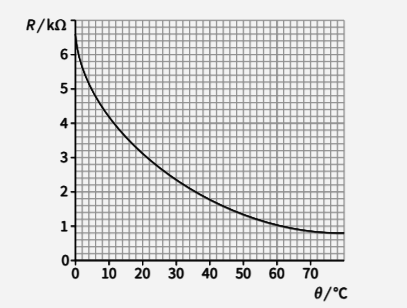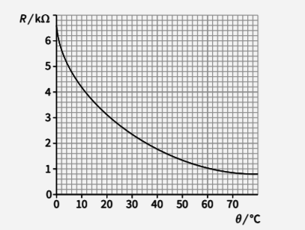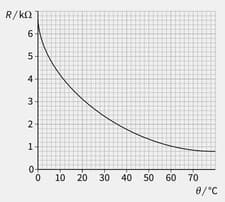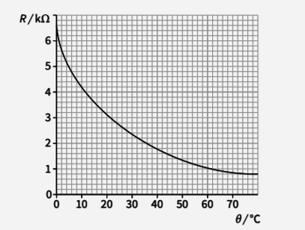What is the use of a thermistor?
Important Questions on Electric Circuits
This is a circuit
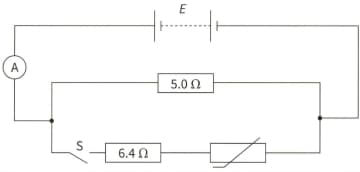
State and explain how the reading on the ammeter changes when the temperature of the thermistor is increased.
The graph in Figure was obtained by measuring the resistance R of a particular thermistor as its temperature e changed. Determine the temperature when its resistance is:.
A student connects a circuit with an NTC thermistor, a filament lamp and a battery in series. The lamp glows dimly. The student warms the thermistor with a hair dryer. What change will the student notice in the brightness of the lamp? Explain your answer
The graph in Figure was obtained by measuring the resistance R of a particular thermistor as its temperature e changed Determine the temperature when its resistance is: .
The graph in Figure was obtained by measuring the resistance of a particular thermistor as its temperature changed.
Determine its resistance at:
A student connects a NTC thermistor to a battery and an ammeter. He places the thermistor in a beaker of water and gradually heats the water from 10 oc to its boiling point, recording the value of the current as he does so. He then plots a graph of the current in the thermistor against the temperature of the water Explain how the student could now use the thermistor as a thermometer.
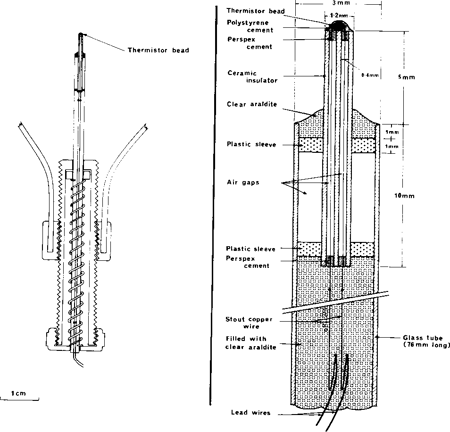
The resistance of a metal wire changes with temperature. This means that a wire could be used to sense changes in temperature, in the same way that a thermistor is used
Suggest one advantage a thermistor has over a metal wire for this purpose.
a) Draw the circuit symbol for a thermistor.
b) Give one use for a thermistor.
c) Explain why a thermistor is suitable for this use.
This is a circuit.
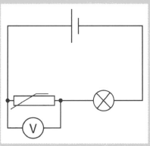
Which line in the table shows the changes to the lamp and the voltmeter reading when the temperature rises?
| Lamp | Voltmeter reading |
| gets brighter | decreases |
| gets brighter | increases |
| gets dimmer | decreases |
| gets dimmer | increases |
A student connects a thermistor to a battery and an ammeter. He places the thermistor in a beaker of water and gradually heats the water from to its boiling point, recording the value of the current as he does so. He then plots a graph of the current in the thermistor against the temperature of the water
(a) Sketch the graph you would expect the student to obtain from the experiment
The graph in Figure was obtained by measuring the resistance R of a particular thermistor as its temperature e changed. Determine its resistance at: .


